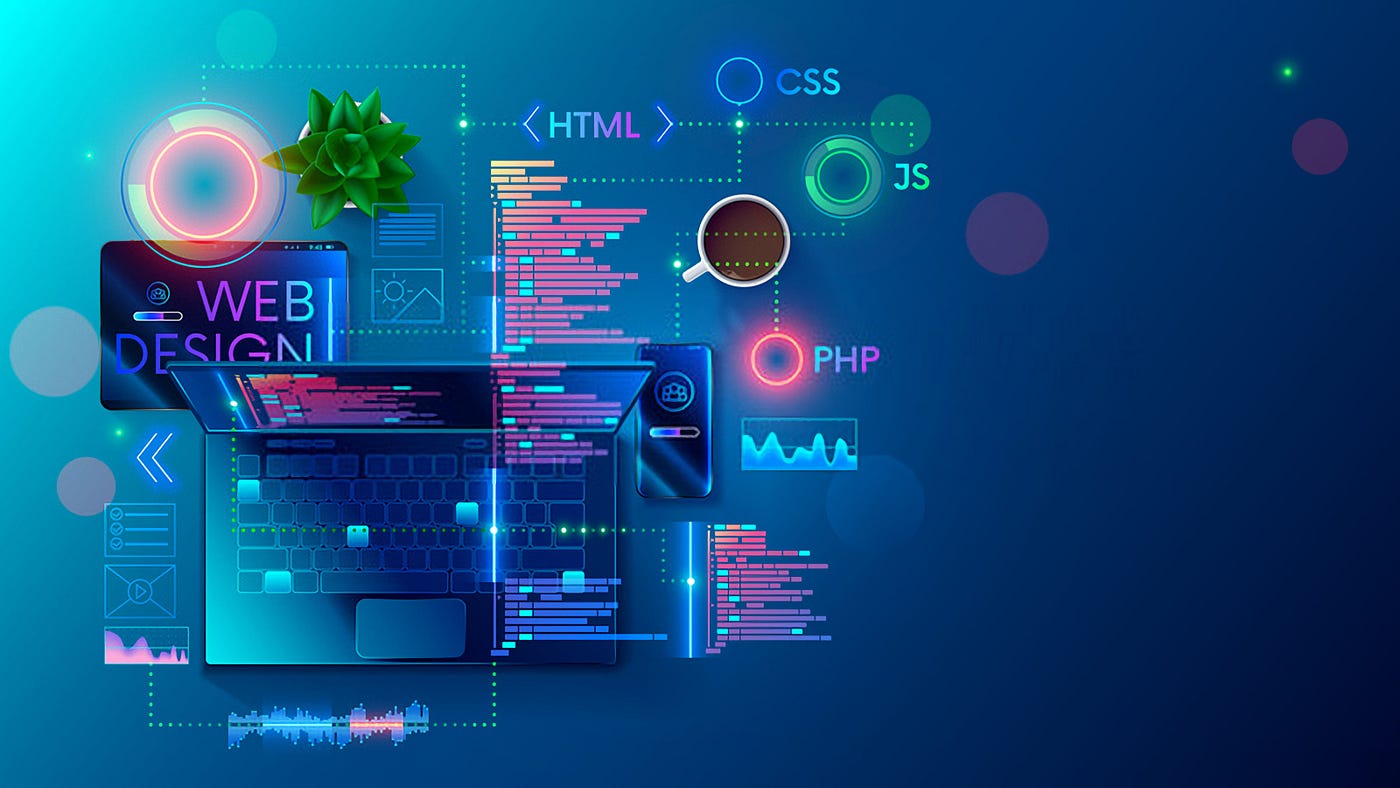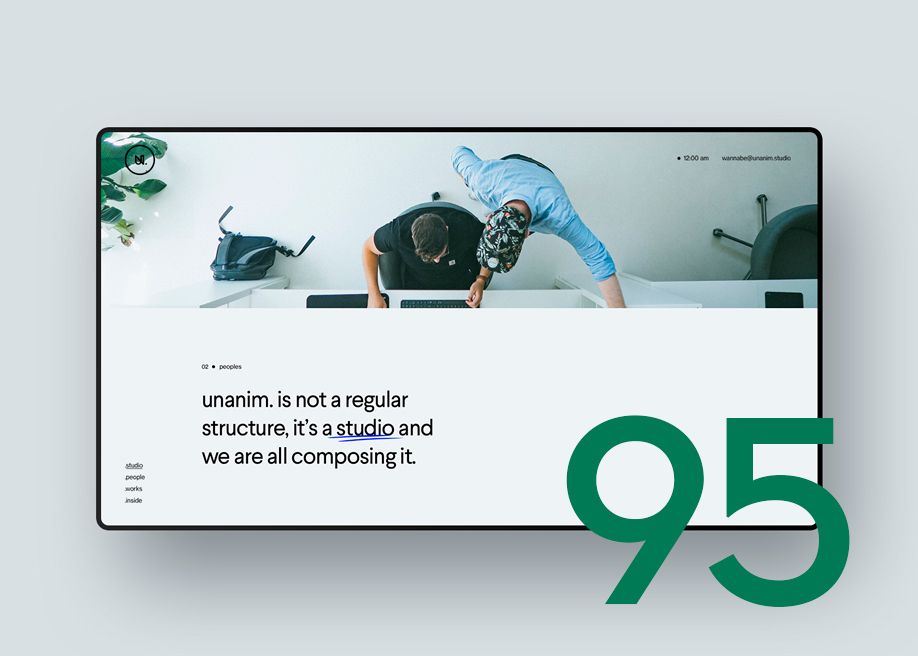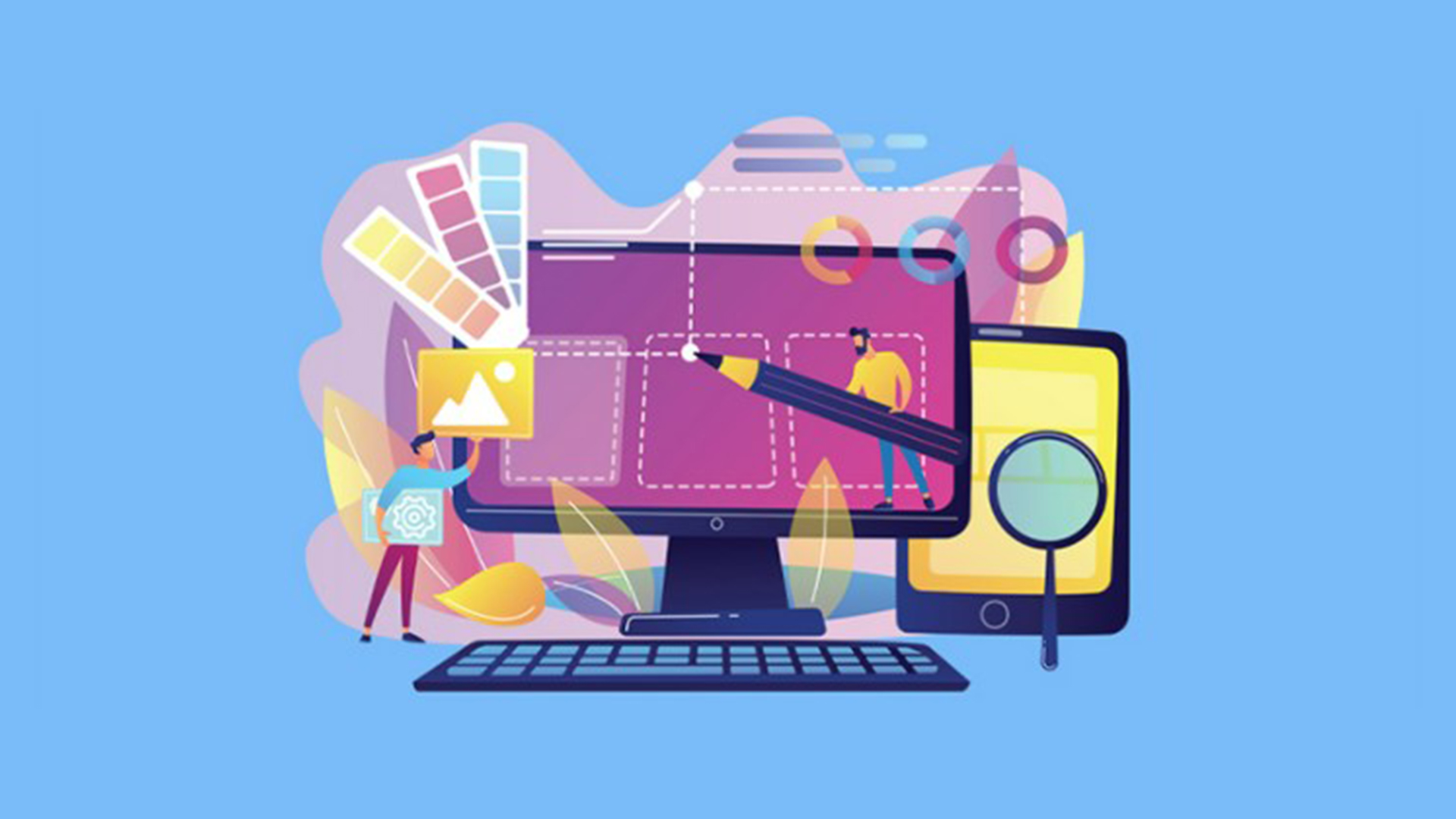All Categories
Featured
Table of Contents
- – Responsive Web Design Certification - Freecode...
- – Sustainable Web Design: Home Tips and Tricks:
- – Custom Web Design, Development & Digital Mark...
- – Web Design Ledger: Homepage Tips and Tricks:
- – What Can I Do With A Web Design And Developme...
- – Web Design Ledger: Homepage Tips and Tricks:
- – Web Design Service - Professionally Designed...
- – Web Design Inspiration : The Best Website De...
- – Web Design Services - Networksolutions.com T...
- – Web Design - Entrepreneur Tips and Tricks:
- – The Top Ecommerce, Website Design ... - Seat...
Responsive Web Design Certification - Freecodecamp.org Tips and Tricks:
Quick summary Functionality and the energy, not the visual design, determine the success or failure of a site. Given that the visitor of the page is the only person who clicks the mouse and for that reason decides whatever, user-centric style has established as a standard approach for successful and profit-oriented web design - web design frederick md.
and the utility, not the visual design, determine the success or failure of a site. Given that the visitor of the page is the only person who clicks the mouse and therefore chooses whatever, user-centric style has become a basic technique for successful and profit-oriented web design. If users can't utilize a feature, it might as well not exist.
g. where the search box should be put) as it has already been carried out in a variety of short articles; instead we focus on the approaches which, used appropriately, can cause more sophisticated style choices and streamline the procedure of viewing presented details. Please discover that you might be interested in the usability-related articles we have actually released before: Principles Of Excellent Website Design And Reliable Website Design Standards, In order to use the concepts properly we first need to understand how users connect with sites, how they think and what are the basic patterns of users' habits.
Sustainable Web Design: Home Tips and Tricks:
Visitors glimpse at each brand-new page, scan some of the text, and click the first link that captures their interest or vaguely resembles the thing they're looking for. In reality, there are large parts of the page they don't even take a look at. The majority of users search for something fascinating (or useful) and clickable; as quickly as some appealing candidates are discovered, users click.
If a page offers users with premium content, they are ready to jeopardize the content with ads and the style of the website. This is the reason not-that-well-designed websites with high-quality material get a great deal of traffic over years. Content is more crucial than the design which supports it.

Users don't read, they scan. Notification how "hot" locations abrupt in the middle of sentences. This is common for the scanning procedure. Extremely easy principle: If a site isn't able to fulfill users' expectations, then designer failed to get his job done correctly and the company loses money. The greater is the cognitive load and the less intuitive is the navigation, the more willing are users to leave the site and search for alternatives.
Custom Web Design, Development & Digital Marketing ... Tips and Tricks:
Neither do they scan website in a linear fashion, going sequentially from one website section to another one. Rather users satisfice; they select the first reasonable option. As quickly as they discover a link that appears like it may lead to the objective, there is a great opportunity that it will be right away clicked.
It doesn't matter to us if we understand how things work, as long as we can use them. If your audience is going to imitate you're developing billboard, then design terrific signboards." Users wish to be able to manage their web browser and count on the consistent data presentation throughout the website.
If the navigation and site architecture aren't instinctive, the variety of concern marks grows and makes it harder for users to understand how the system works and how to get from point A to point B. A clear structure, moderate visual ideas and quickly recognizable links can help users to find their path to their objective.
Web Design Ledger: Homepage Tips and Tricks:

Because users tend to check out websites according to the "F"-pattern, these three declarations would be the first aspects users will see on the page once it is filled. The design itself is easy and user-friendly, to understand what the page is about the user needs to browse for the response.
Once you have actually achieved this, you can communicate why the system is useful and how users can gain from it. People will not utilize your website if they can't find their method around it. 2. Do Not Squander Users' Patience, In every project when you are going to provide your visitors some service or tool, attempt to keep your user requirements very little.
First-time visitors are ready to, not filling long web types for an account they may never use in the future. Let users explore the site and find your services without forcing them into sharing personal information. It's not reasonable to require users to enter an email address to evaluate the feature.
What Can I Do With A Web Design And Development Degree? Tips and Tricks:
Stikkit is an ideal example for an easy to use service which needs nearly absolutely nothing from the visitor which is unobtrusive and soothing. Which's what you desire your users to feel on your web website. Apparently, Mite requires more. Nevertheless the registration can be carried out in less than 30 seconds as the form has horizontal orientation, the user doesn't even require to scroll the page.
A user registration alone suffices of an obstacle to user navigation to minimize inbound traffic. 3. Handle To Focus Users' Attention, As websites provide both static and dynamic content, some aspects of the user interface bring in attention more than others do. Undoubtedly, images are more attractive than the text simply as the sentences marked as vibrant are more attractive than plain text.
Focusing users' attention to particular areas of the site with a moderate use of visual components can help your visitors to receive from point A to point B without thinking of how it really is supposed to be done. The less enigma visitors have, the they have and the more trust they can establish towards the business the site represents.
Web Design Ledger: Homepage Tips and Tricks:
4. Pursue Feature Direct exposure, Modern website design are normally criticized due to their technique of directing users with aesthetically appealing 1-2-3-done-steps, large buttons with visual effects etc. But from the style perspective these aspects really aren't a bad thing. On the contrary, such as they lead the visitors through the site content in a very basic and user-friendly way.
The site has 9 primary navigation choices which are visible at the very first glimpse. What matters is that the content is well-understood and visitors feel comfortable with the method they interact with the system.
com gets directly to the point. No charming words, no overemphasized statements. Rather a price: just what visitors are searching for. An optimum option for effective writing is touse brief and succinct expressions (come to the point as rapidly as possible), use scannable design (classify the material, use numerous heading levels, use visual components and bulleted lists which break the circulation of uniform text blocks), use plain and unbiased language (a promotion does not need to seem like ad; give your users some sensible and unbiased reason that they need to utilize your service or remain on your website)6.
Web Design Service - Professionally Designed Websites Tips and Tricks:
Users are hardly ever on a website to take pleasure in the style; in addition, in many cases they are looking for the information in spite of the style - web design frederick md. Pursue simpleness instead of complexity. From the visitors' viewpoint, the finest site style is a pure text, without any advertisements or additional material obstructs matching precisely the query visitors used or the material they've been searching for.
Finch plainly presents the information about the website and provides visitors a choice of options without overcrowding them with unneeded content. Not just does it help to for the visitors, however it makes it possible to perceive the information presented on the screen.
Complex structures are more difficult to check out, scan, evaluate and work with. If you have the option between separating 2 design sections by a noticeable line or by some whitespace, it's usually much better to use the whitespace option. (Simon's Law): the much better you manage to supply users with a sense of visual hierarchy, the simpler your material will be to view.
Web Design Inspiration : The Best Website Design Ideas Tips and Tricks:
The very same conventions and guidelines need to be applied to all elements.: do the most with the least amount of hints and visual aspects. Clearness: all elements must be developed so their meaning is not unclear.
Conventions Are Our Friends, Traditional style of site components does not lead to a boring web site. In fact, as they reduce the finding out curve, the need to find out how things work. It would be an usability nightmare if all sites had different visual presentation of RSS-feeds. That's not that different from our routine life where we tend to get utilized to fundamental concepts of how we arrange data (folders) or do shopping (positioning of items).
comprehend what they're anticipating from a site navigation, text structure, search positioning etc. A typical example from usability sessions is to translate the page in Japanese (presuming your web users do not understand Japanese, e. g. with Babelfish) and provide your functionality testers with a task to find something in the page of various language.
Web Design Services - Networksolutions.com Tips and Tricks:
Test Early, Test Frequently, This so-called TETO-principle should be applied to every web design job as use tests typically offer into considerable issues and concerns related to a provided layout. Test not too late, not too little and not for the incorrect reasons.
Some important indicate bear in mind: according to Steve Krug, and testing one user early in the job is better than testing 50 near the end. Accoring to Boehm's first law, mistakes are most regular throughout requirements and style activities and are the more expensive the later they are removed.
That means that you design something, test it, fix it and then evaluate it once again. There might be problems which have not been found during the very first round as users were virtually blocked by other problems. usability tests. Either you'll be pointed to the problems you have or you'll be pointed to the absence of major design defects which remains in both cases a helpful insight for your job.
Web Design - Entrepreneur Tips and Tricks:

This holds for designers. After you've dealt with a website for few weeks, you can't observe it from a fresh perspective anymore. You know how it is developed and therefore you understand precisely how it works you have the wisdom independent testers and visitors of your website would not have.
It can be linked to other areas such as graphic design, user experience, and multimedia arts, but is more appropriately seen from a technological perspective. It has ended up being a big part of people's daily lives. It is tough to think of the Web without animated graphics, various designs of typography, background, videos and music.

During 1991 to 1993 the World Wide Web was born. Text-only pages might be viewed utilizing an easy line-mode web browser. In 1993 Marc Andreessen and Eric Bina, developed the Mosaic internet browser. At the time there were several web browsers, however the majority of them were Unix-based and naturally text heavy. There had actually been no integrated approach to graphic style elements such as images or noises.
The Top Ecommerce, Website Design ... - Seattle Tips and Tricks:
The W3C was developed in October 1994 to "lead the Web to its complete potential by establishing common procedures that promote its evolution and ensure its interoperability." This dissuaded any one company from monopolizing a propriety internet browser and shows language, which might have changed the effect of the Web as a whole.
As this has actually happened the technology of the web has actually also moved on. There have actually likewise been considerable modifications in the method individuals utilize and access the web, and this has actually altered how sites are created.
Learn more about Lovell Media Group LLC or TrainACETable of Contents
- – Responsive Web Design Certification - Freecode...
- – Sustainable Web Design: Home Tips and Tricks:
- – Custom Web Design, Development & Digital Mark...
- – Web Design Ledger: Homepage Tips and Tricks:
- – What Can I Do With A Web Design And Developme...
- – Web Design Ledger: Homepage Tips and Tricks:
- – Web Design Service - Professionally Designed...
- – Web Design Inspiration : The Best Website De...
- – Web Design Services - Networksolutions.com T...
- – Web Design - Entrepreneur Tips and Tricks:
- – The Top Ecommerce, Website Design ... - Seat...
Latest Posts
Web Design Services + Website Development Agency Tips and Tricks:
Web Design Services + Website Development Agency Tips and Tricks:
Responsive Web Design - A List Apart Tips and Tricks:
More
Latest Posts
Web Design Services + Website Development Agency Tips and Tricks:
Web Design Services + Website Development Agency Tips and Tricks:
Responsive Web Design - A List Apart Tips and Tricks: